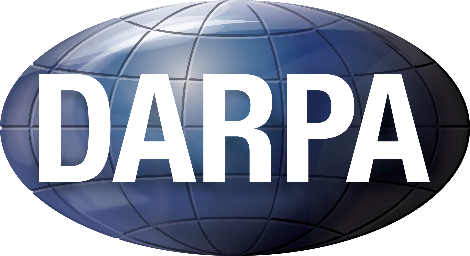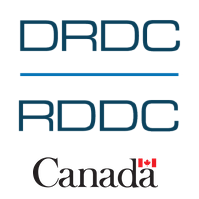Vapour Cell Engineering
We developed a vapour cell based on metamaterial principles in order to reduce the effective refractive index and hence lower the radio frequency scattering. These principles can also be used to improve the field uniformity in the vapour cell so that the target radio frequency field measured inside the vapour cell is almost the same as that which is incident on the sensor. The scattering of the target radio frequency field can be characterized through the radar scattering cross-section. These types of vapour cells are advantageous for metrological applications.
Higher radio frequency field sensitivity is desired for noise-free detection of short pulses which is needed for radar and communications applications. Using photonic crystal concepts, waveguiding and a cavity, we built a receiver that effectively amplifies the atomic response. These vapour cells are entirely dielectric and create comparatively little scattered radiation when compared to conventional technology.
Vapour Cell Testing and Fabrication
We developed a number of methods to characterize our vapour cells. Homogeneous RF field distribution inside a vapour cell is a key requirement to measure the true RF field. For example, the metamaterial-based vapour cells minimize the radio frequency field variation inside the cell. One way to investigate the vapour cell is to illuminate it with the radio frequency test field while the sensor is operational and map out the field inhomogeneities, the Stark shifts, and the variation in the target radio frequency field inside the vapour cell. We have also measured radio frequency scattering cross-sections for our vapour cells in our radio frequency test facilities.
All our vapour cells are fabricated in our MEMs fabrication facility. We have coating equipment, bonding equipment, diagnostic equipment, and the apparatus to fill our vapour cells with cesium in a number of different ways. The MEMs fabrication facilities are complemented by a surface science lab where the surface chemistry of the vapour cells can be investigated.
Testing is done in our optics labs and in our radio frequency test chamber. Novel bonding schemes have been developed and are currently under development in our laboratories, as well as methods to control the environment where the atoms sense the radio frequency field.
Representative Publications:
- “Vapor cell characterization and optimization for applications in Rydberg atom-based radio frequency sensing,” M. Noaman, H. Amarloo, R. Pandiyan, S. Bobbara, S. Mirzaee, K. Nickerson, C. Liu, D. Booth and J. P. Shaffer, Proceedings Volume 12447, Quantum Sensing, Imaging, and Precision Metrology; 124470V (2023).
Funding agencies:
Interested in Collaborating or Joining Our Team?
If you are interested in collaborating with us or becoming a technical staff member, including student internships and postdoctoral training, please contact James Shaffer at [email protected].


